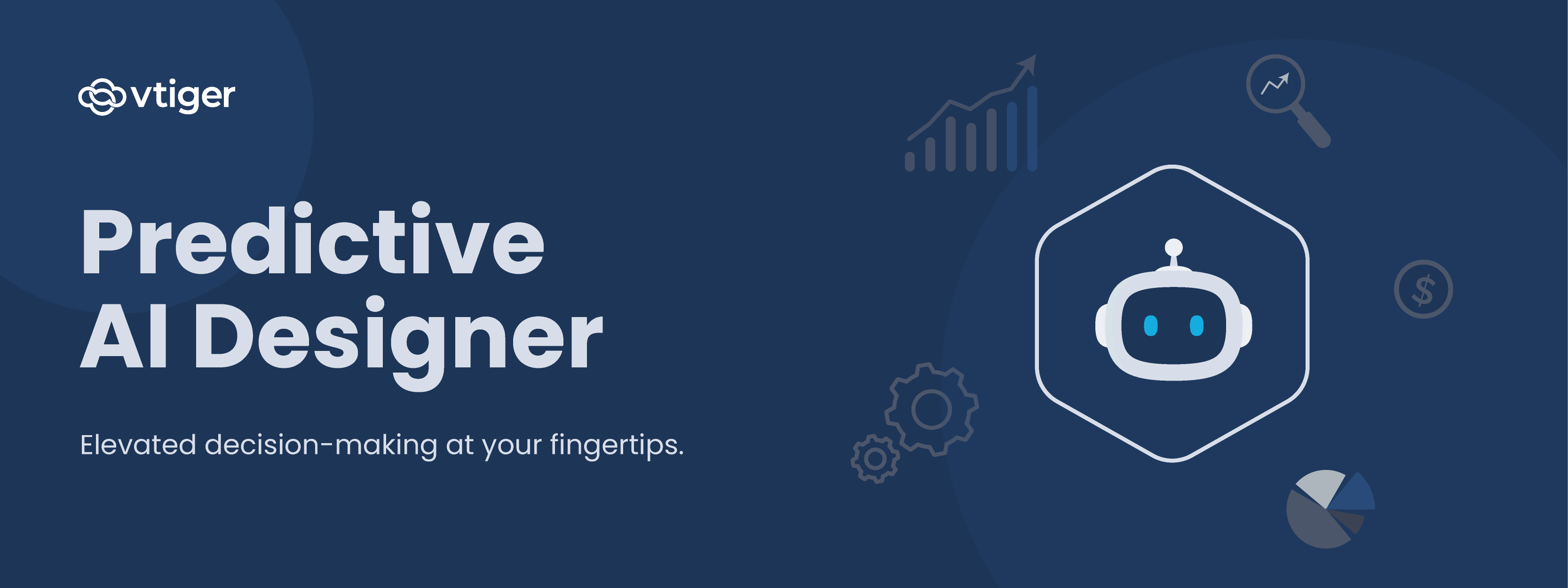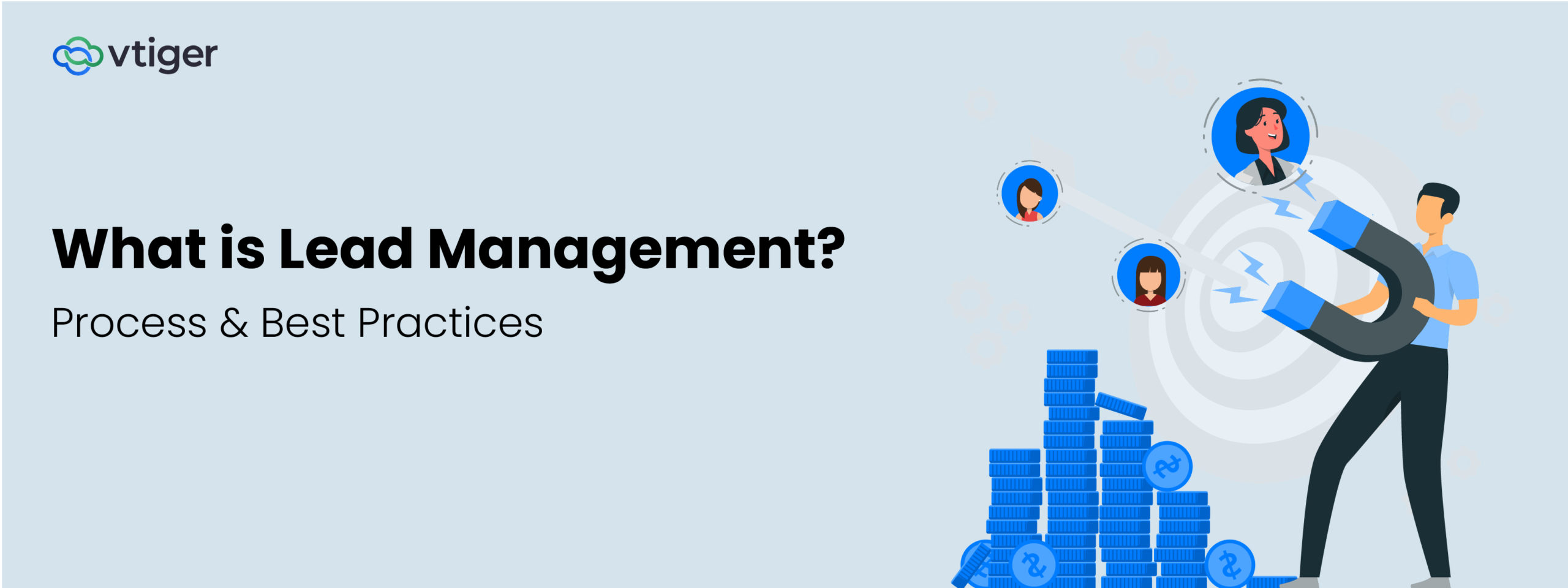Artificial Intelligence (AI) guided selling can lead to better conversations, increased conversions, and more accurate forecasts. In a previous post, 15 ways AI can help Sales, we explained how salespersons could benefit through AI-based predictions and recommendations.
When embarking on the journey to AI-lighten your team, you should keep in mind that many have attempted to use AI in sales. And many of these attempts have failed. Understanding the reasons for failure will help you avoid the pitfalls.
Here are the reasons why some AI-based sales initiatives fail?
- Lack of past data to train learning models
- Wrong training models employed by the AI engine
- Scattered communications on current deals
- Poor adoption of AI-based features by salespersons
- Lack of persistence
Let us learn more about these points.
Insufficient Data
To deliver predictions and recommendations, AI engines use data from your past deals. This includes deal-related data such as calls, emails, tasks completed, documents sent, contact fields (for example, Deal Contact Role), organization fields (for example, organization, industry, location), etc.
With more data, predictions, and recommendations such as best time to contact, deal score, and deal recommendations get better.
Tips
- If you already have past deal data, you can expect good results very early in AI adoption. Vtiger can also import your past data from other CRMs if your organization is looking to use Vtiger Calculus AI.
- Some AI features, primarily those enabled by Natural Language Processing (NLP), such as Call Analysis, Email analysis, Sentiment score, Conversation Signals, do not need historical data. So, making these a part of your initial goals will help your salespersons from Day 1.
Note: Vtiger can import your past data from other CRMs.
Fixed Training Models
Different Machine Learning (ML) models can be applied to historical data to make predictions. The choice of the model can have a big influence on results. ML models that apply self-learning methods deliver more accurate results.
Tips
- Be aware that training models might need adjustments. The Vtiger team is ready to work with you to monitor results and make the necessary adjustments.
- Vtiger Calculus AI allows administrators to customize the models and easily configure controls to get the best results for your organization.
- Calculus AI also offers salespersons to correct the sentiment with a click if they find that a certain text in an email or call recording transcript was wrongly interpreted by the system.
Scattered Communications and Hidden Touchpoints
If the calls, emails, chats, and WhatsApp conversations are not logged in the system, the AI engines will offer poor predictions and recommendations based on partial data. Some touchpoints (for example, engagement on the Quote or the ROI document sent by your salesperson) might be off the radar but are equally critical to track engagement and arrive at the right prediction.
Tips
- Find a tool with plugins and integrations that automatically bring the calls, chats, WhatsApp conversations, and emails into the CRM without any effort by salespersons.
- Vtiger CRM Mobile app and the Web client allows salespersons to make calls and have WhatsApp conversations from within the app. Vtiger also integrates with Zoom and Google Meet. (Microsoft Teams integration is coming in Q1 of 2021). Vtiger also has add-ons for Gmail and Office365.
- Vtiger CRM has built-in document tracking. When you send an email from Vtiger with a Quote or any other document, the CRM will not only alert you when the receiver views it but also uses the data to update predictions and recommendations.
Poor Adoption
Inaccurate predictions or recommendations can quickly dampen enthusiasm and reduce adoption. So it is important to set the right expectations at the beginning and do a feature-wise rollout of AI. Since some of the AI-based features might need data, it is better to roll those out in the 2nd or 3rd month after the initial release.
Tips
- Use tools that require a minimal change in your habits.
- Set a two or three-month phased schedule to roll-out the AI feature. Phase 1 can be features that do not need historical data (noted above).
Lack of Persistence
As with any new initiative, there will be obstacles. Especially initiatives that require some change in habits, even if minor. You should expect to see challenges when rolling out AI-guided selling. They might be in the form of inaccurate predictions due to wrong models or insufficient data, or poor adoption due to lack of training.
Knowing that these are on par for the course and moving forward with the corrective actions will lead your sales team to a successful outcome.
Tips
- Your front-line managers are critical to the successful roll-out of the AI feature. They should be part of the planning and monitoring activities of the AI adoption process.
- Share feedback with your Vtiger CRM coaches to get guidance.
With the right tool, you should expect to see results of AI-guided selling within three months.
Ultimately, you should see it as a smart assistant that will accompany your salespersons and give them the information they need to have better conversations.
Try Vtiger Calculus – It is time to put AI in the hands of your sales teams.
Vtiger Calculus is an add-on available for Vtiger sales & Vtiger One editions (Professional & Enterprise tiers). AI-based forecasts, Deal scoring, Deal recommendations, Email assistant, Call analysis, & Coaching features are all part of Vtiger Calculus.
Part of Calculus AI, there is Vtiger Chatbot, a custom chatbot solution that generates accurate answers when integrated with the business knowledge base. It enhances the quality of customer service via timely assistance and tailored responses. Get to know more about Vtiger Chatbot.



